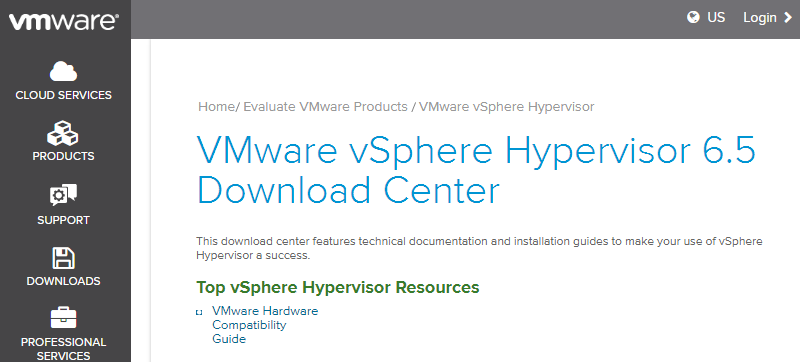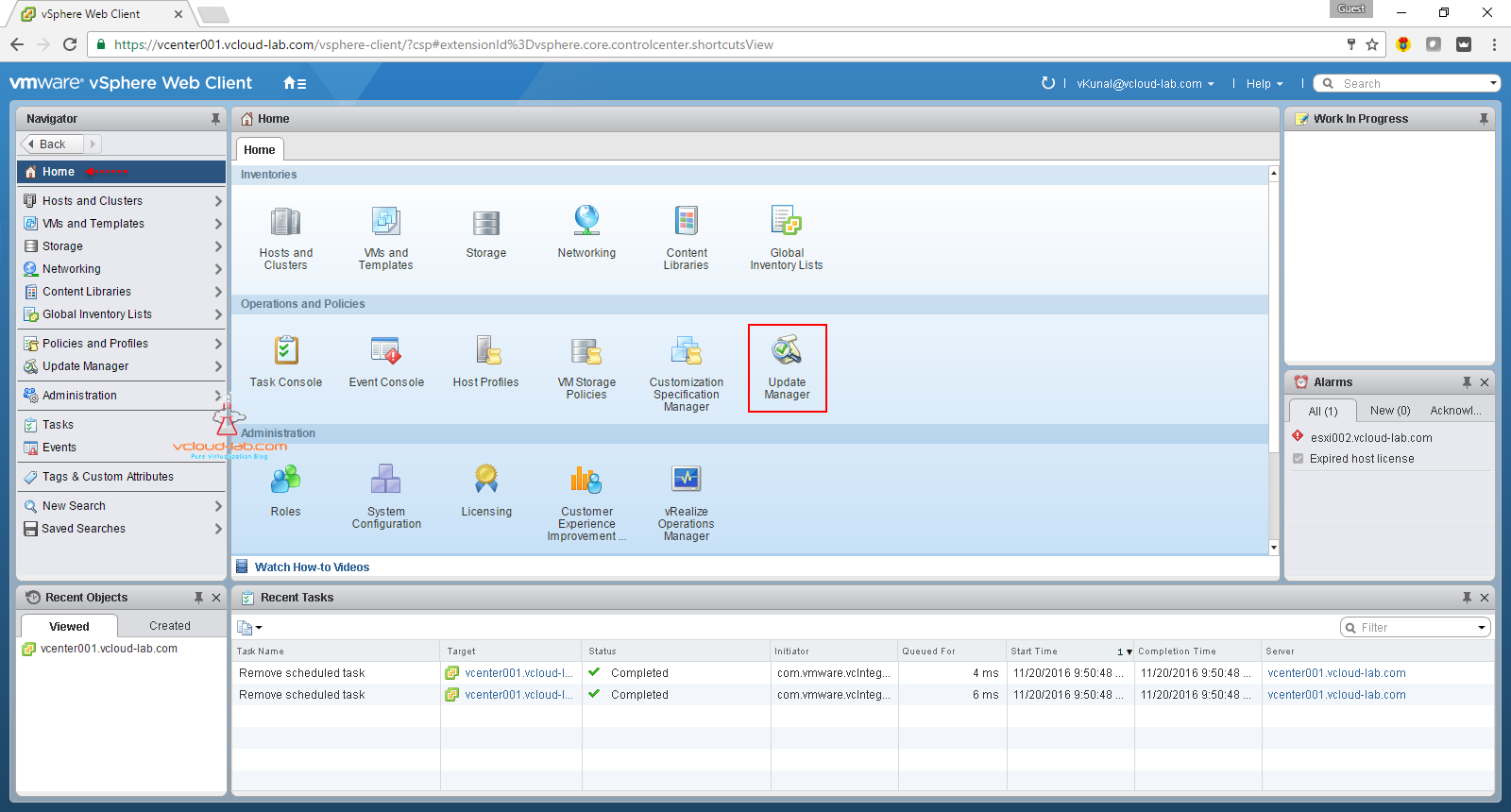
Again, either using the online repository or by downloading the patch from VMware here ( or latest version) and attaching the ISO to the CD/DVD drive of the VCSA in the virtual machine settings. Log in as the root user.Īlternatively the vCenter Server Appliance can be updated from the command line. Browse to vCenter:5480, where vCenter is the FQDN or IP address of the vCenter Server. The easiest way of updating the vCenter Server is through the VAMI (vCenter Server Appliance Management Interface). There is downtime during the update but this is minimal – around 10 mins to update and reboot using an ISO as an update source, when using the online repository the update time may vary depending on your internet connection.

Also cross-check the compatibility of other VMware products using the Product Interoperability Matrix. Since we are updating vCenter Server 6.5 to 6.5 U1 I am assuming the usual pre-requisites such as FQDN resolution, time synchronization, relevant ports open, etc. Prior to updating vCenter ensure you have verified the compatibility of any third party products such as backups, anti-virus, monitoring, etc. The official VMware blog goes into further detail here, and of course the release notes cover the important technical information here. The new features in the latest release are listed here. This post will walk through how to update the vCenter Server Appliance (VCSA) from 6.5 to the first major update 6.5 U1.

Finally, the Windows vCenter Server and external PSC deployment models are now depreciated and not available with vSphere 7.0. For more information see the VMware Upgrade Matrix.

Upgrade to vSphere 7 can be achieved directly from vSphere 6.5.0 and above, whereas vSphere 6.0 requires an intermediate upgrade to 6.5 or 6.7 first. VMware vSphere 6.5 is scheduled to reach end of general support 15 October 2022, referenced in the VMware Lifecycle Matrix.


 0 kommentar(er)
0 kommentar(er)
